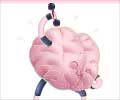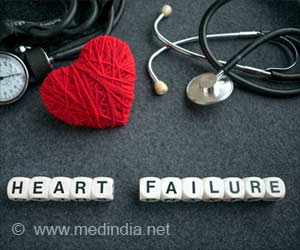While exercise has long been considered to be the single best therapy for peripheral artery disease, the way in which it worked was a mystery.
While exercise has long been considered to be the single best therapy for peripheral artery disease, the way in which it worked was a mystery.
Israeli researchers have found a protein that accelerates the creation of new blood vessels in response to exercise.PAD is a common circulatory problem in which narrowed arteries reduce blood flow to the limbs.
"Exercise is a staple of healthy living," said senior author Dr Zoltan Arany, an investigator in BIDMC's Cardiovascular Institute and Assistant Professor of Medicine at Harvard Medical School.
The expert added: "One of the many benefits of exercise, endurance exercise in particular, is the generation of new blood vessels in leg muscles."
Known as angiogenesis, this naturally occurring process comes to the rescue when an injury or artery blockage leaves normal tissue starved for blood.
Arany had previously discovered that when body parts are jeopardized by poor circulation, PCG-1alpha senses dangerously low levels of oxygen and nutrients and, in response, spurs the growth of new blood vessels.
Advertisement
The study involving mouse models showed that voluntary exercise lead to robust angiogenesis in skeletal muscle.
Advertisement
"With this study, we have found that the protein PGC-1 alpha can single-handedly transform muscle to be capable of greater endurance and increase the blood content of that muscle. Being able to increase blood vessel density could help wound healing and even prevent amputations in millions of patients with diabetes and vascular disease of the limbs," said Arany.
"Our data strongly suggest a new paradigm for the process of angiogenesis in response to exercise, demonstrating that upstream beta-adrenergic signaling, likely stemming from increased nerve activity, triggers angiogenesis," the authors write.
They added that the use of beta blockers in patients with PAD might block some of the benefits of exercise.
The study appears in the Proceedings of the National Academy of Sciences (PNAS).
Source-ANI
RAS















